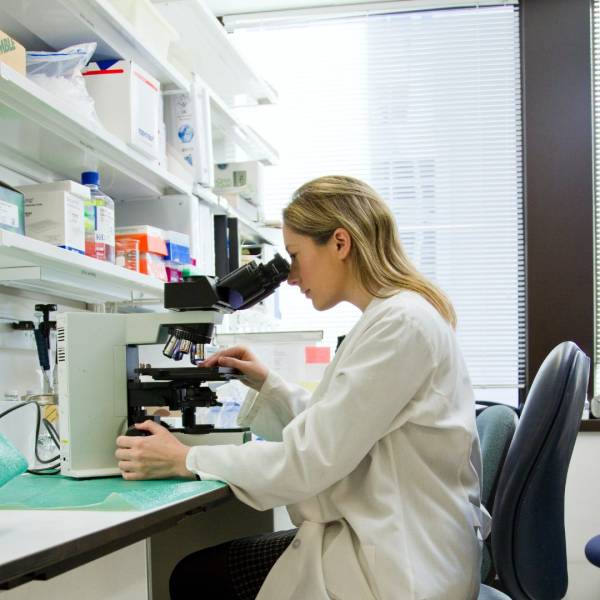International Space Station (ISS) – Furthest from Earth

The ISS is the most extreme of all manmade science laboratories. It flies through space at 17,227 mph, 200+ miles above the Earth’s Surface.
In 1998 the first module of the ISS was launched; now its made of 14 main pressurised modules. The ISS is a research lab providing for experiments in biology, human biology, physics, astronomy and meteorology in space.
The ISS is also thought to be the most expensive single item ever constructed – costing $150bn in 2010.
Find out more about the International Space Station >>
Pyramid Laboratory – Tallest Science Lab

The world’s highest science lab is the Pyramid Laboratory in the Sagarmatha National Park of Nepal. It’s located 16,568 feet above sea level and found at the foot of Mount Everest. The research station is a 3-story pyramid-shaped laboratory and can hold researchers of geology, climate, environment and human physiology.
The goal is to improve the lives of the natives of Nepal and surrounding nations and to preserve the world’s fragile, high altitude ecosystems.
Deep Underground Science & Engineering Laboratory (DUSEL) – Deepest Science Lab
DUSEL is located 8,000 feet underground in South Dakota. The main motivation behind the completion of DUSEL was the study of extremely rare nuclear physics processes including neutrino scattering and dark matter interactions. Being so far underground means interference from cosmic rays is far less likely ensuring more accurate results.
Read more about the Pyramid Laboratory >>
CERN – Most Expensive Science Lab (on Earth)
One of the most famous and significant science labs is the Large Hadron Collider under the France-Swiss border. It has a diameter of approximately 16.5 miles and took 10,000 scientists from 100 countries to build CERN.
CERN has been in the making for over 30 years. Its main aim is to discover the Higgs-Boson particle, which it did in 2013.
However, this all came at a cost. Initial budget estimates have been £3.85 billion in total. That’s not including the £34 million for running costs.







